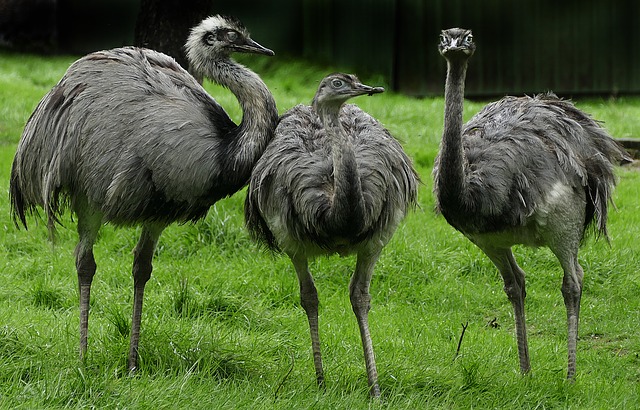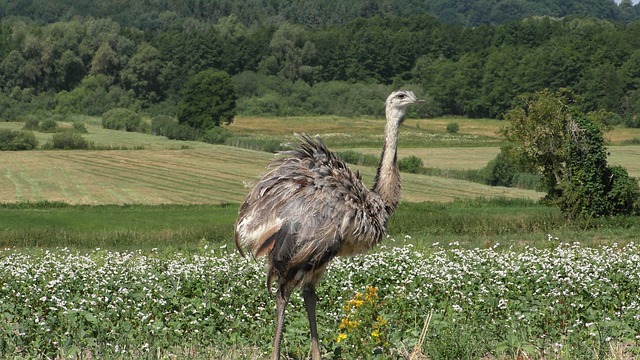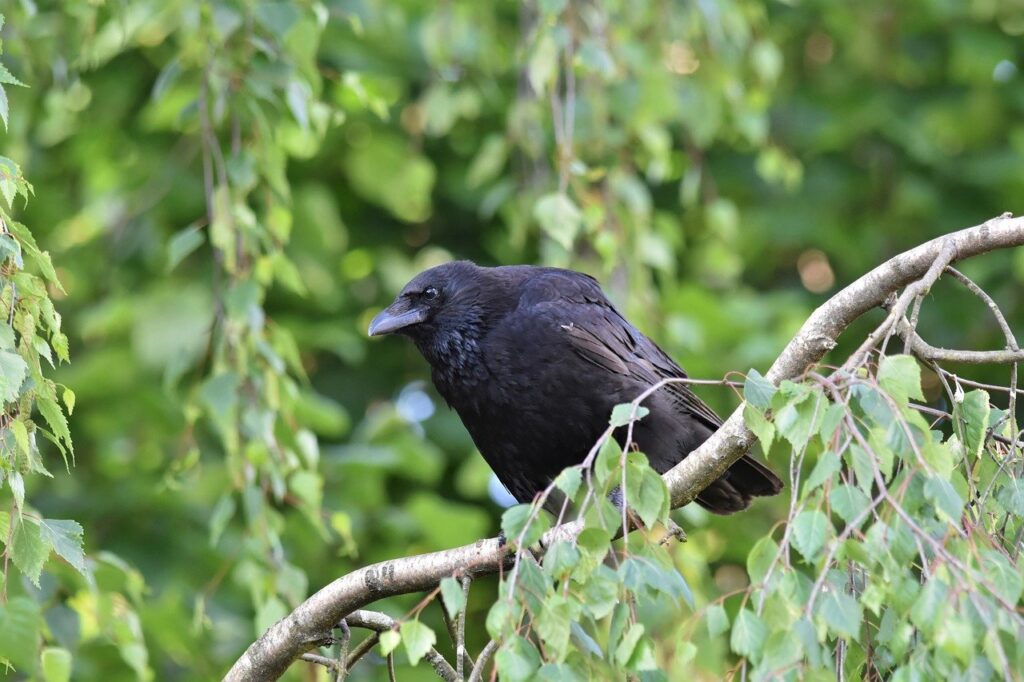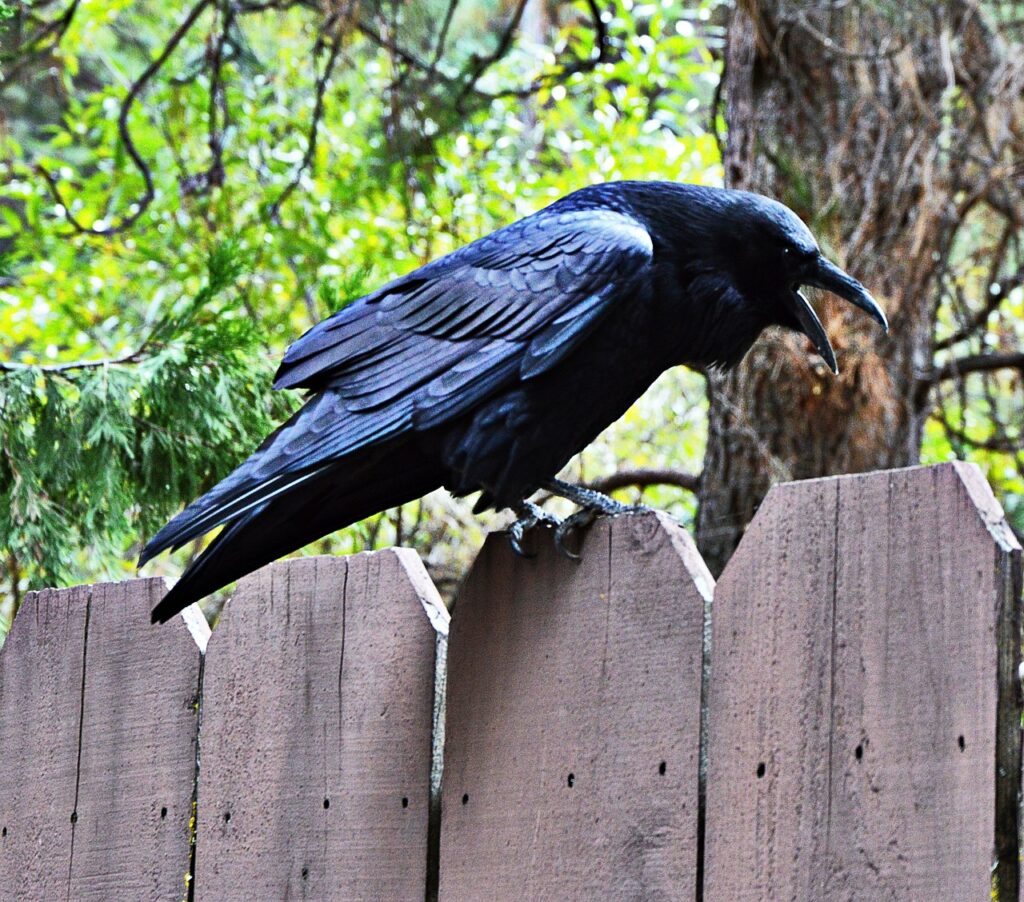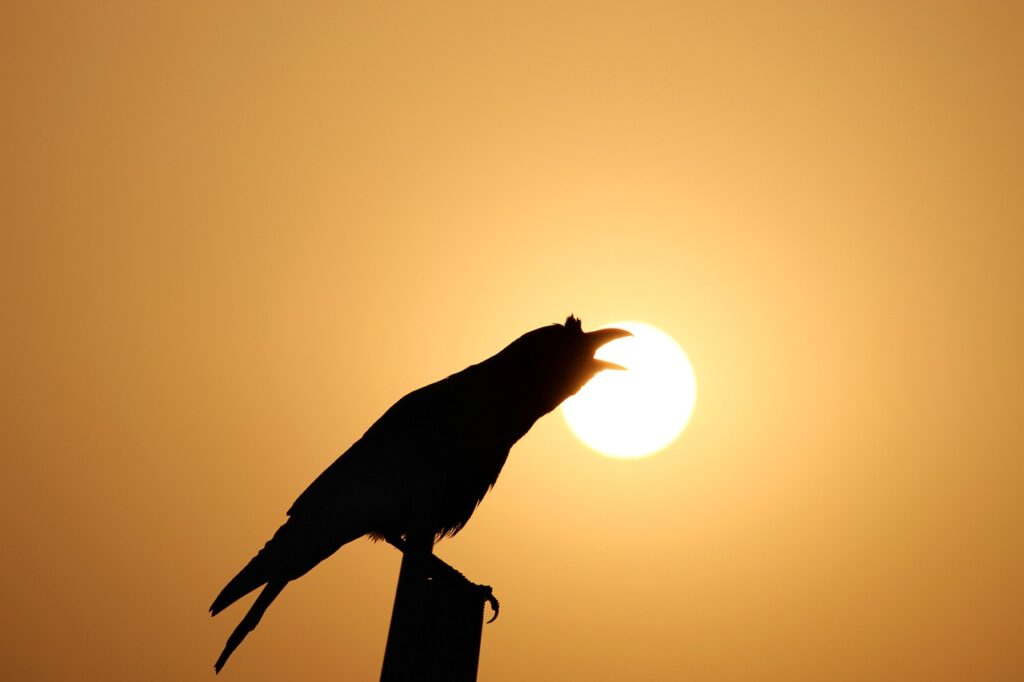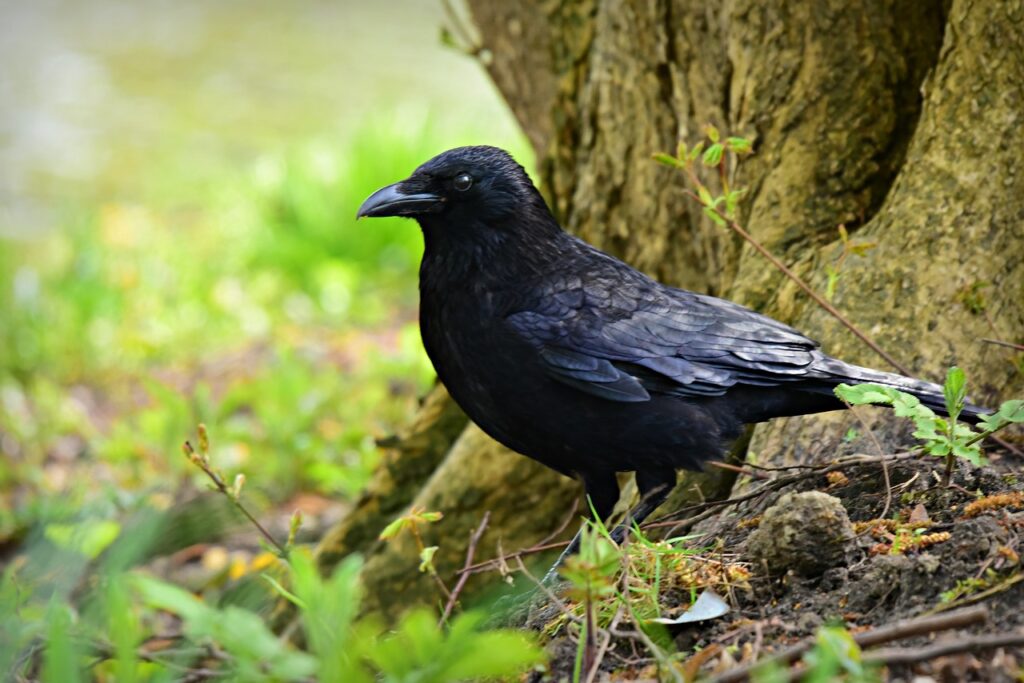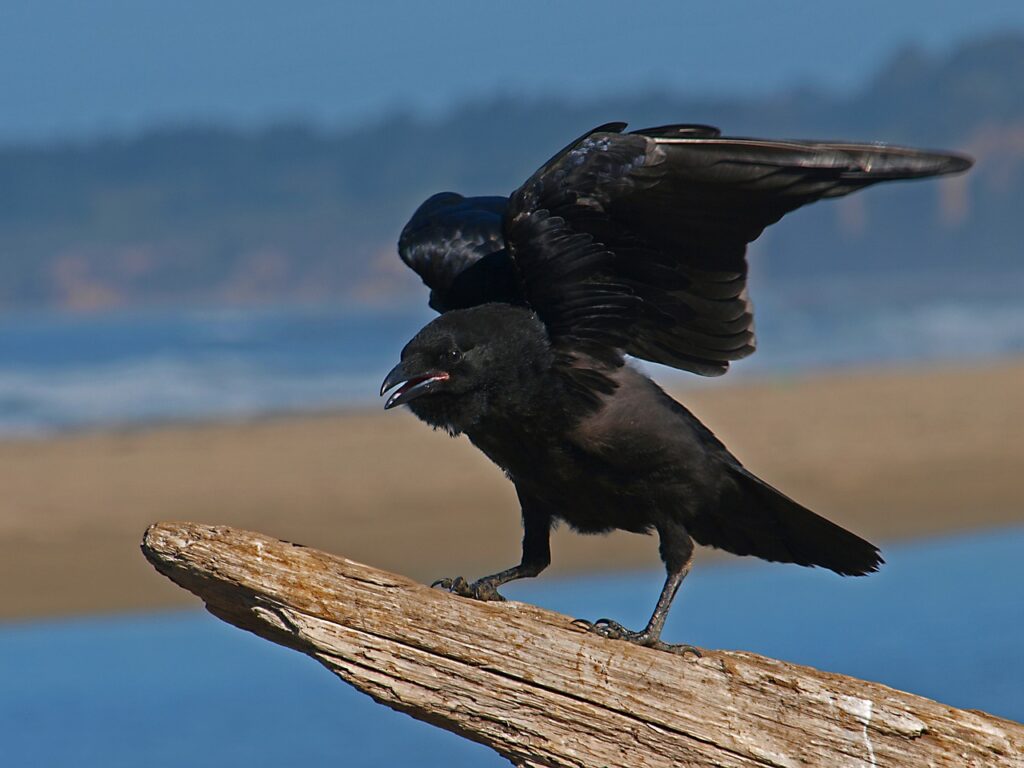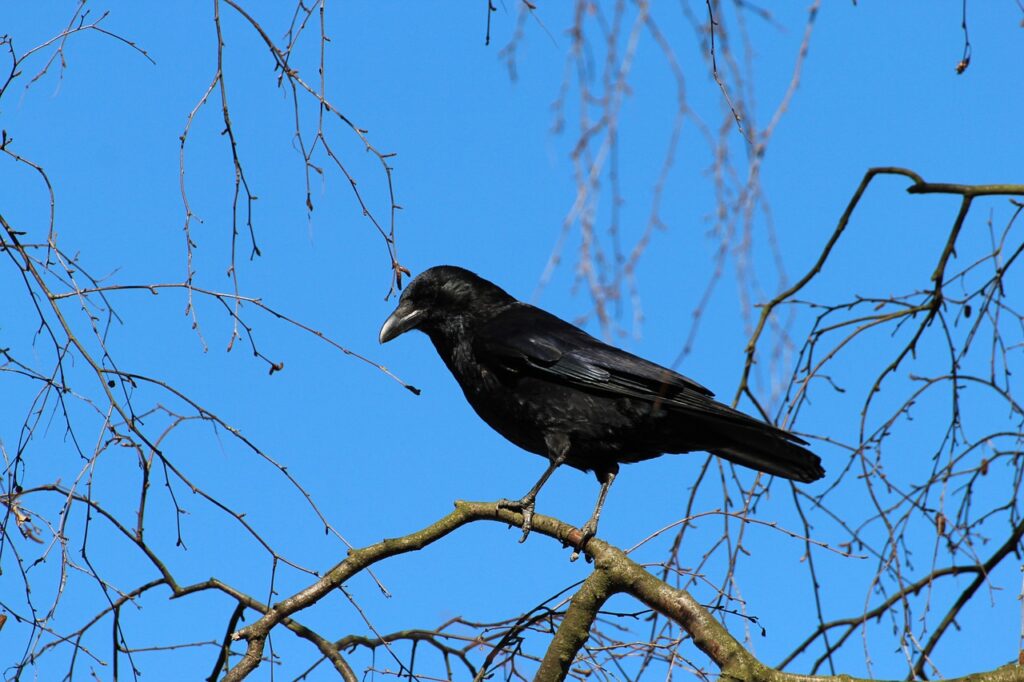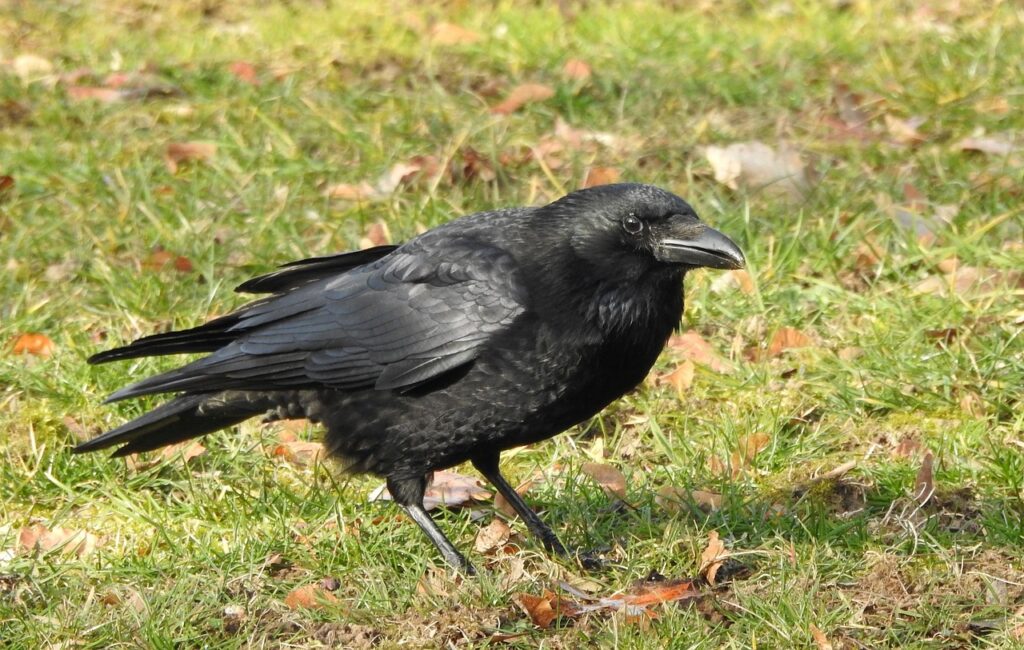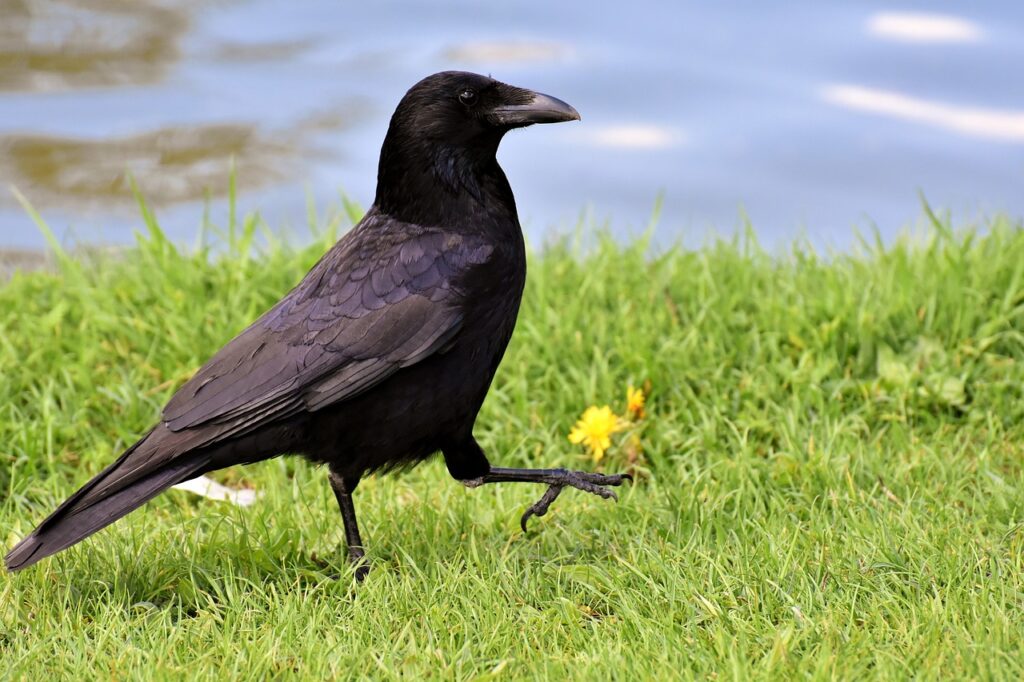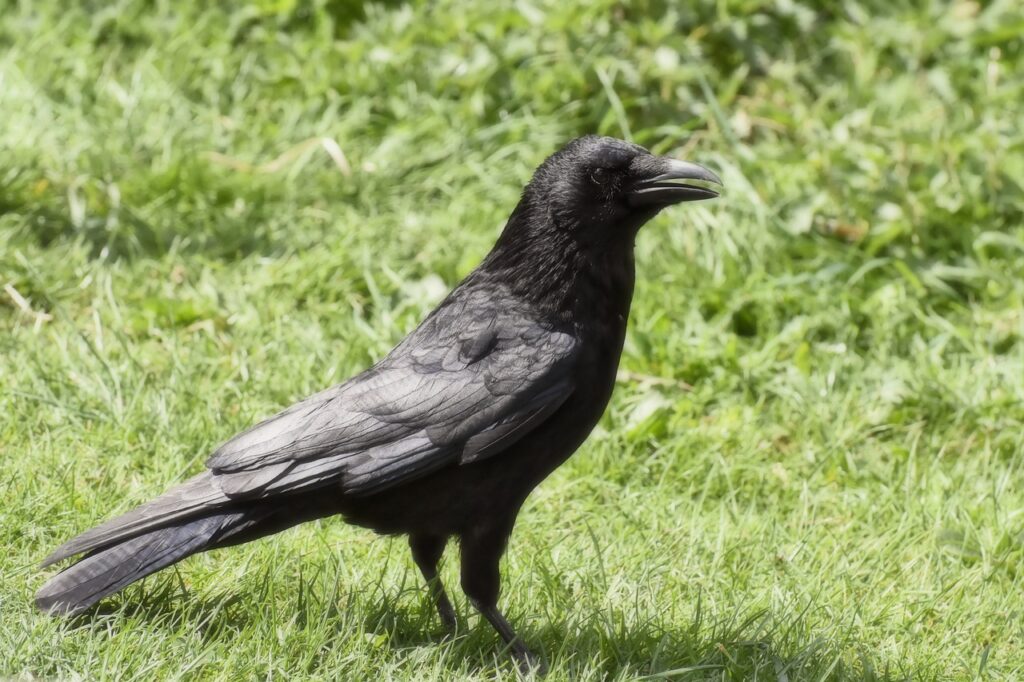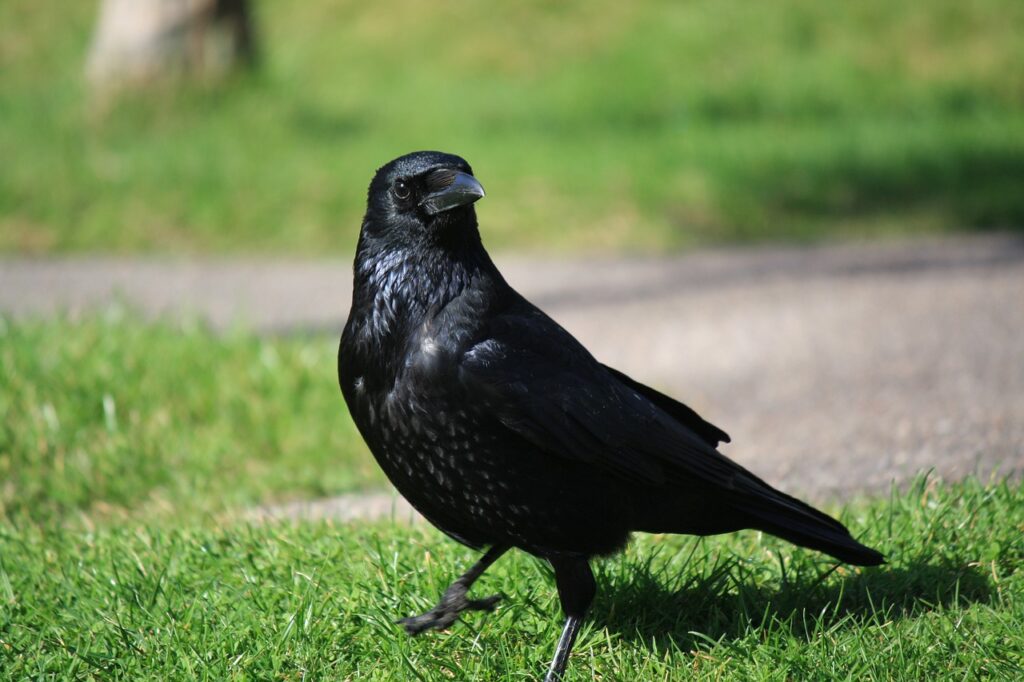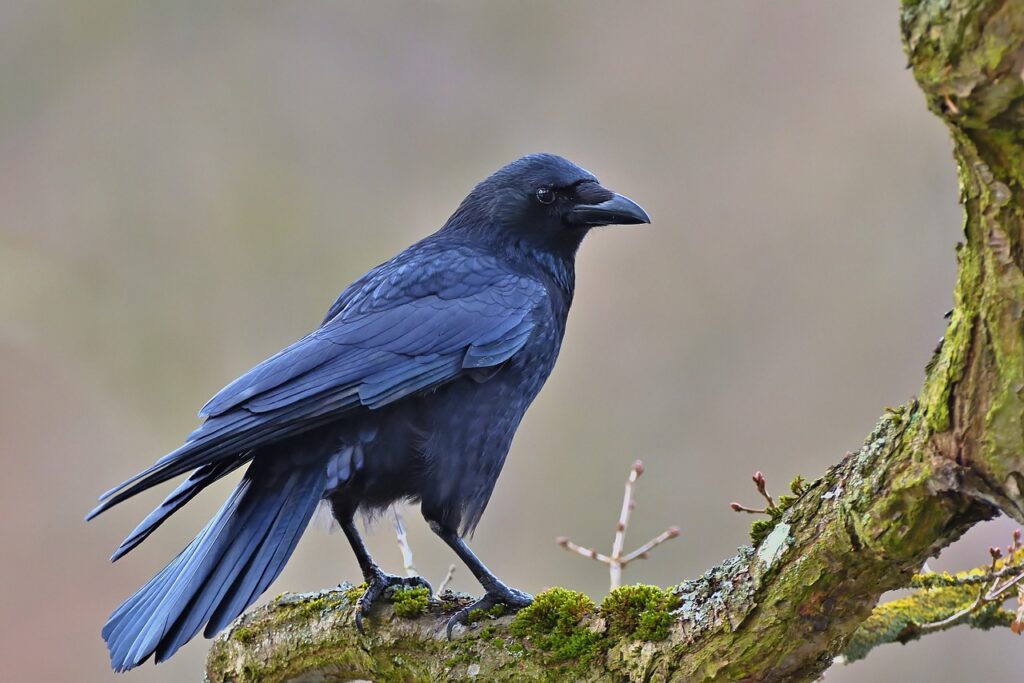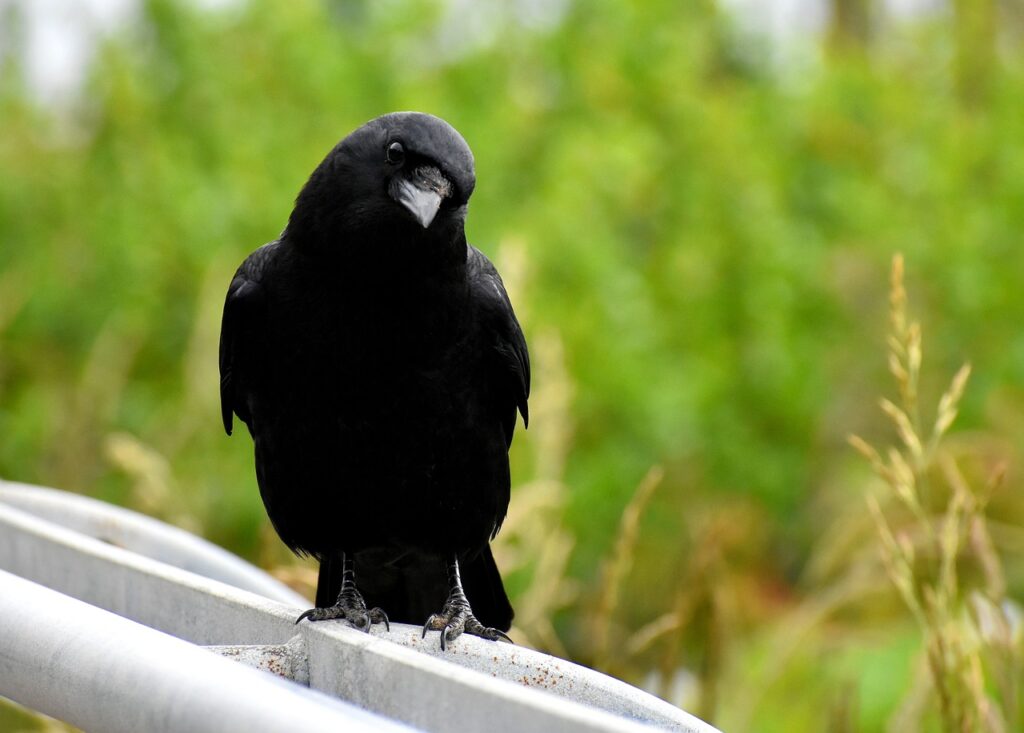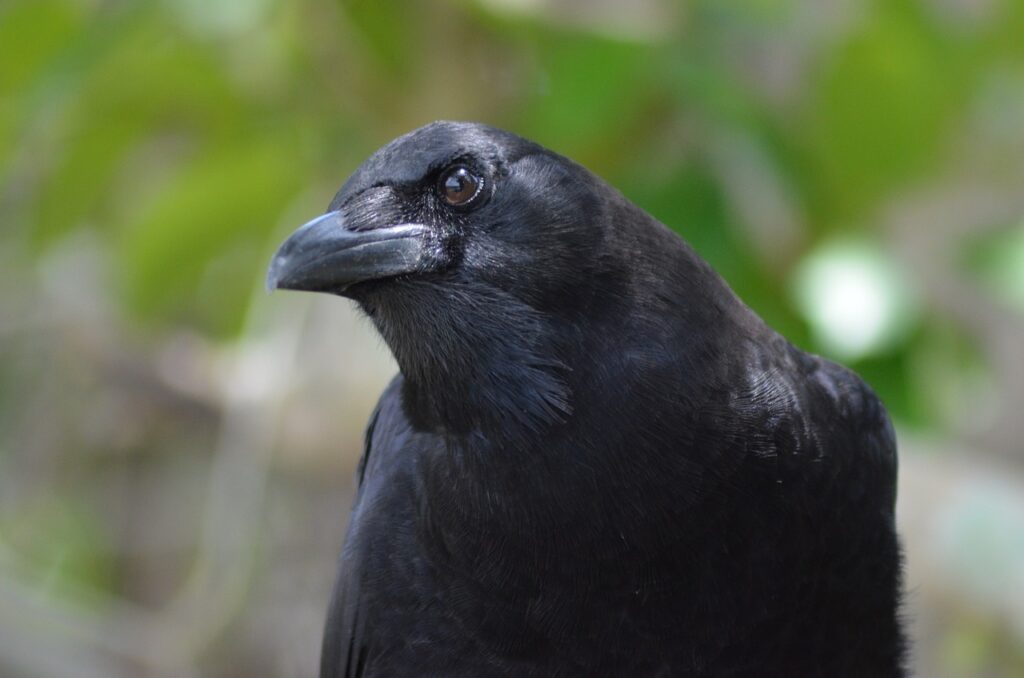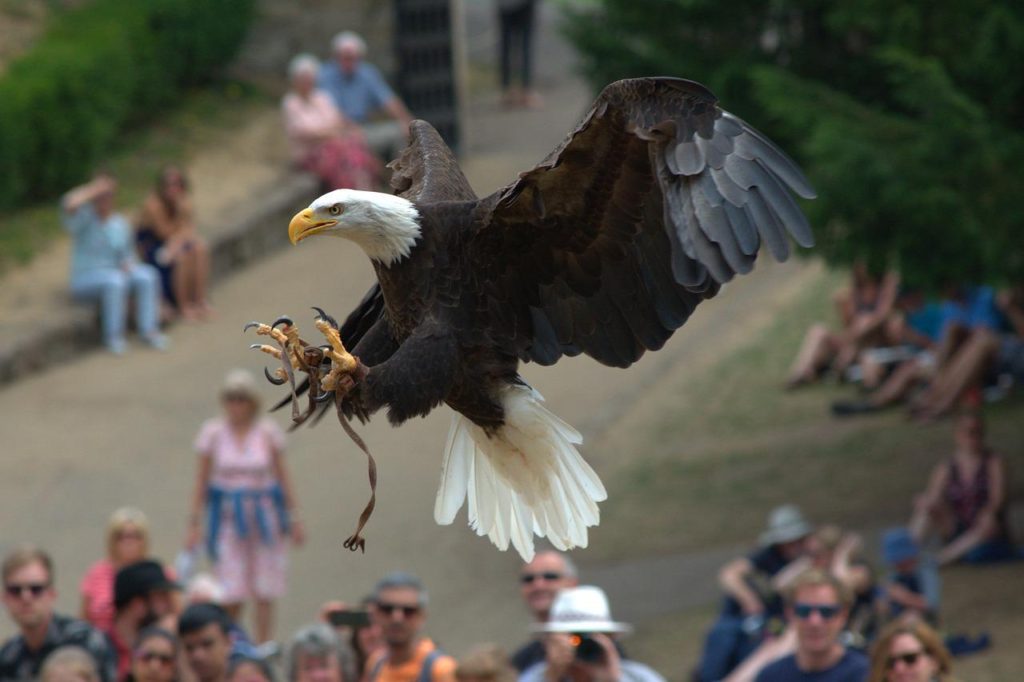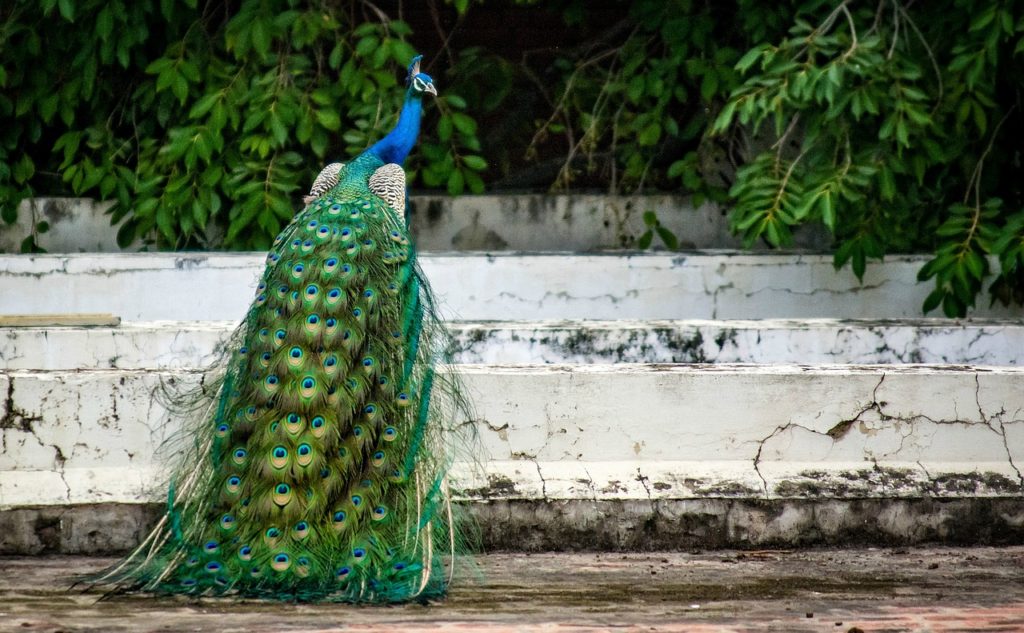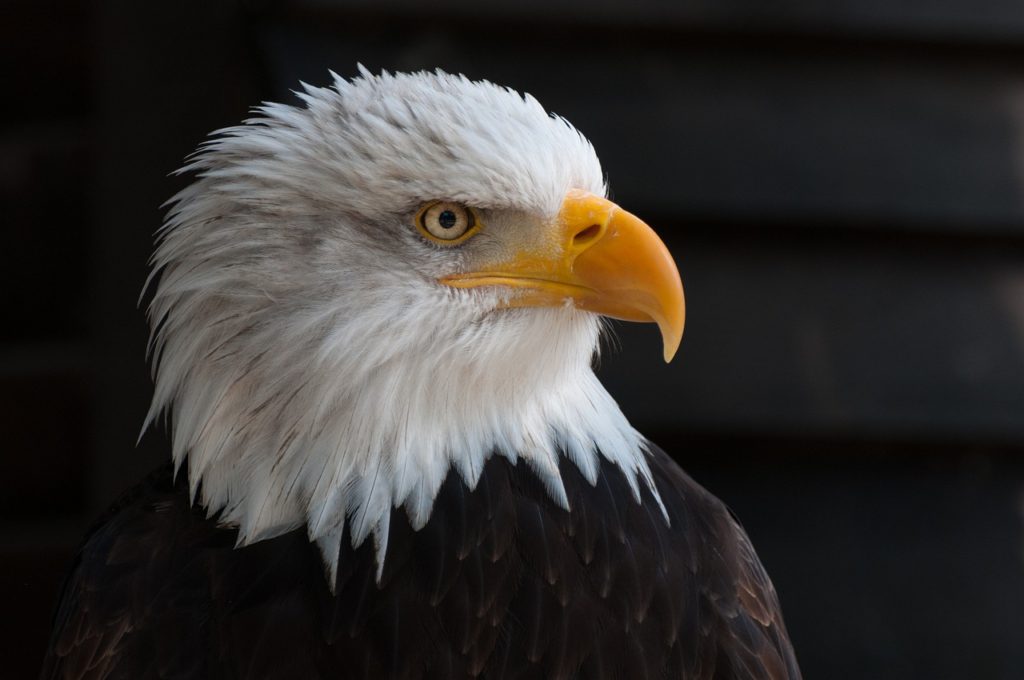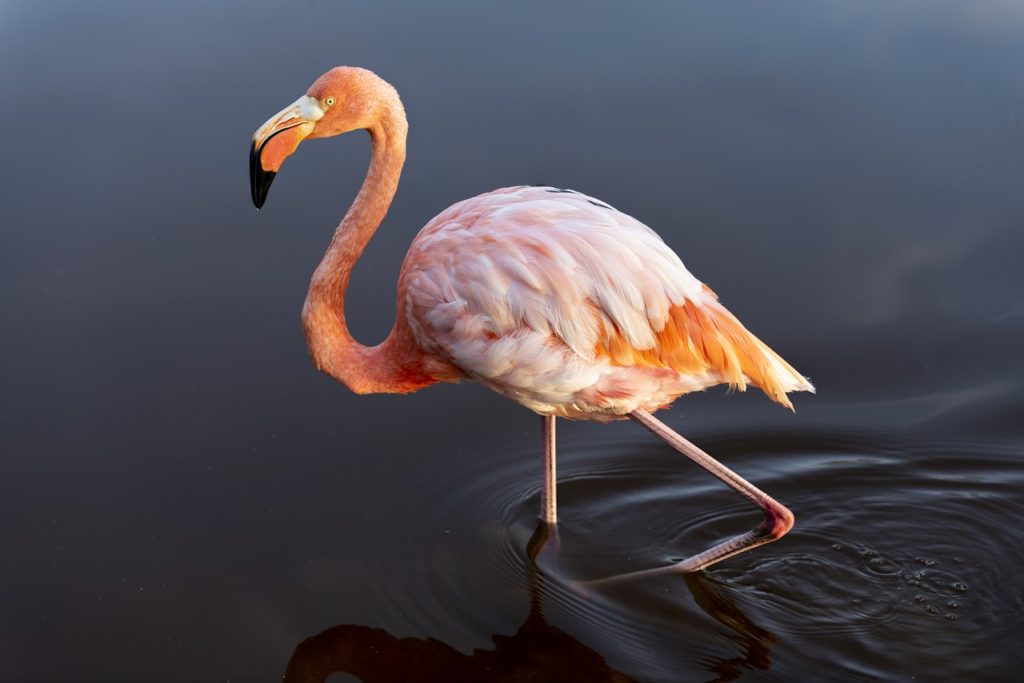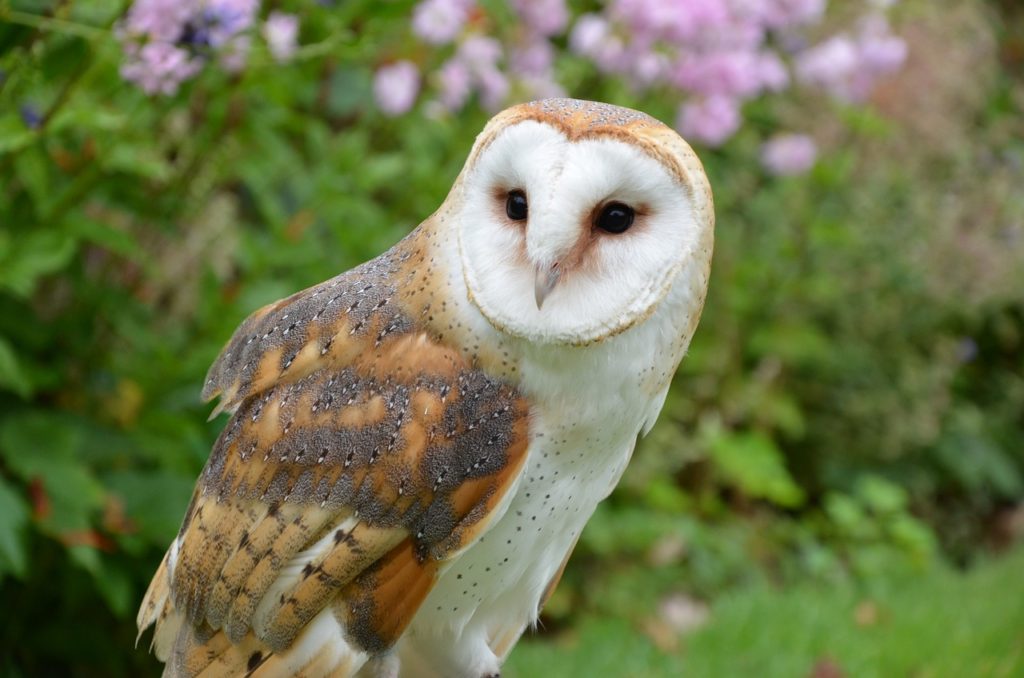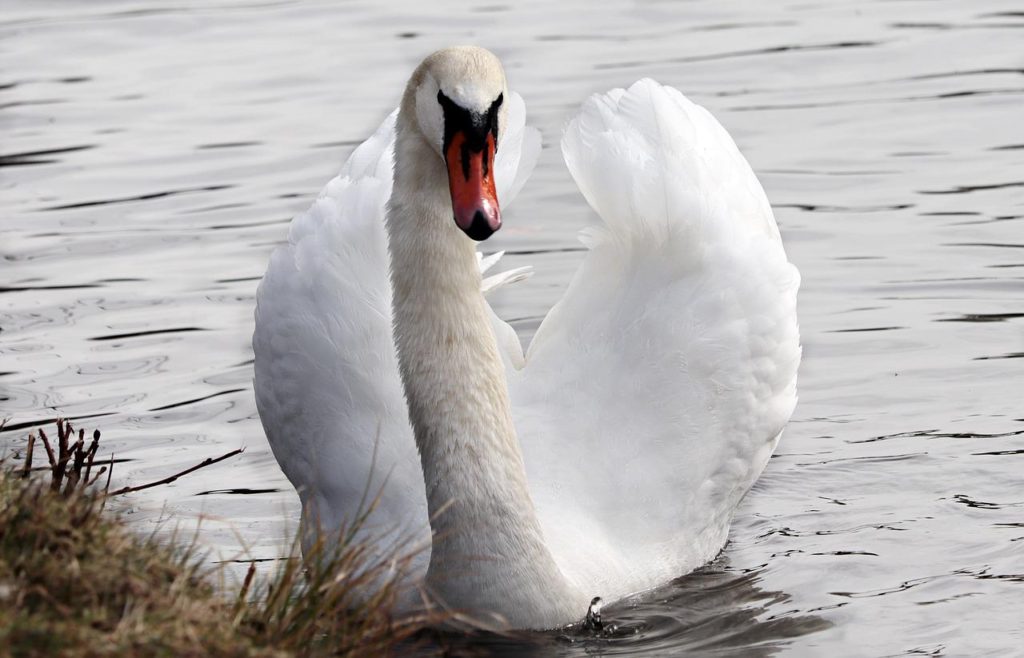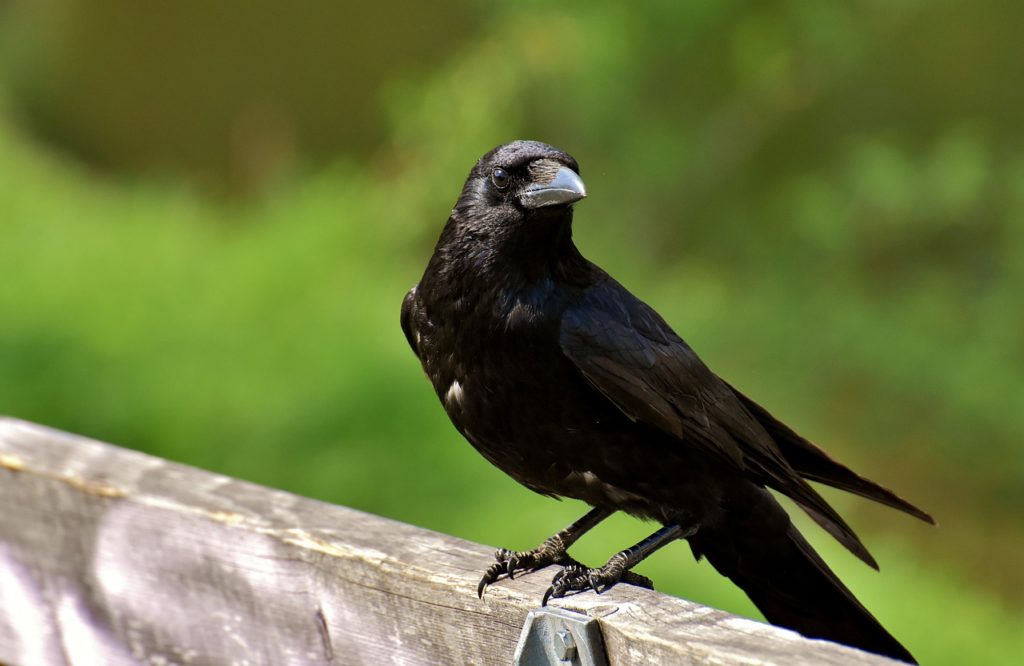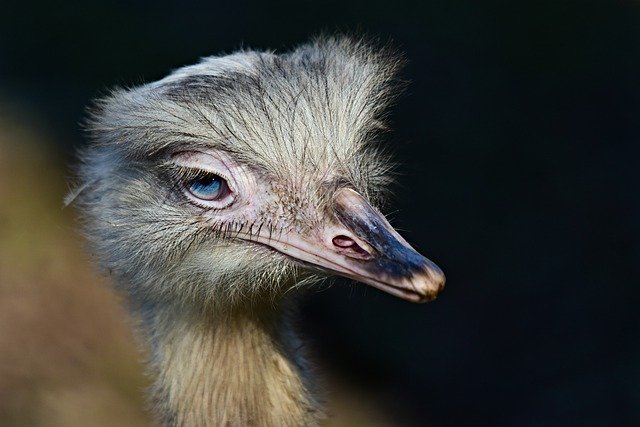
Doting dads, did you know the male rhea builds the nest, incubates the eggs, and takes care of the young? The rheas are paragons of parental care. It’s a bird like no other, and you will be surprised by the following rhea facts.
Rheas Are One Of The Best Dads In The Animal Kingdom
In most animal species, fathers do the fertilization duties and they are never seen again. However, the male rhea is hands-on when it comes to caring for their young. This behavior can be found in its close relatives as well such as the ostrich, emu, and cassowary.
Rhea Chicks Shelter In Their Father’s Wings
For the rheas, the male incubates the eggs; he sits on the eggs for up to 40 days till they hatch. When they hatch, he raises the young. For the chicks to stay comfortable and safe, the dad shelters then under his wings. The male even adopts lost chicks.
You might ask, what is the female doing all this time? While the males are raising the young ones, the females are off mating with other males and leaving them to incubate the eggs and raise the kids.
A Rhea Nest Can Hold Up To 80 Eggs And It Is Built By The Male
Unlike most birds, male rheas build the nest. A single nest holds eggs from different parents. The male digs a hole about a meter in diameter and lines its bottom with vegetation. He then mates with several females and they all lay their eggs in the same nest.
A single nest can contain up to 80 eggs. In contrast, a typical bird nest holds between four to six eggs. If you think that we are done with rhea fun facts wait until you read the next. It seems that these flightless birds are very different from almost all other birds on the planet.
Rheas Roar Like Mammals
Did you know that the bellowing call of a rhea is similar to the roar of a lion rather than a bird’s song? This is mostly used during courtship by males. During the breeding season, the male attempts to attract females by making a loud booming noise that can be heard from afar. While making the call, they will ruffle their plumage, lift the front of their body, extend their wings, and run short distances.
Rheas Have Only Three Toes Unlike Most Birds
Their three-footed toe distinguishes them from ostriches. The ostrich has two toes and most other birds have four. The rhea’s tarsus has between 18 and 22 horizontal plates. This is one of the most interesting facts about rheas.
The Rhea Is The Largest Bird In South America
Standing at about 4 feet and weighing around 50 pounds, the greater rhea is the largest bird in South America. Most rheas are gray but some are brownish-gray or white. Rheas are native to South America only. They are found in Uruguay, Peru, Paraguay, Chile, Brazil, Bolivia, and Argentina. They inhabit woodlands, pampas, and grasslands.
Rheas Are Considered Near Threatened
According to rhea bird facts by National Geographic, rheas are classified as ‘Near Threatened’ because their population is decreasing. They are being hunted for meat and their skin, which is used in the manufacture of leather. The hunting of rheas has significantly thinned their population.
Rheas Are Classified As Ratites
Rheas, ostriches, emus, cassowaries, and kiwis all belong to a class of birds called ratites. The rhea shares similar characteristics with the ostrich including similar facial structure, large feathers, and impressive body size.
Rheas Are Opportunistic Eaters
They enjoy seeds, fruits, and plants. They can also feed on birds, lizards, and insects. Rheas also eat crops. This problem has intensified as grasslands in South America are converted to farmland.
Rheas Are Not As Dangerous As People Think
A rhea is not a bird to be messed with. It has sharp claws that can disembowel a person with a single blow. However one of the rhea facts many people don’t know is that a rhea is much more likely to flee from humans than to attack them.
Start Shopping for Birding Supplies!
Crow Symbolism: Everything You Need To Know
Ever wondered why the crow has captured the imagination of so many cultures throughout history? Let's embark on a fascinating journey through the world of crow symbolism, unraveling its mysteries and discovering its significance across various cultures, religions, and...
Creepy Facts About Crows
Crows are highly intelligent birds that have thrived alongside us humans. However, while they are fascinating creatures, at the same time, there are many things about them that many people find quite unsettling. That being said here as some of the most creepy facts...
Why Are Crows So Loud?
As anyone who has heard their loud "caws," can tell you, crows are very noisy birds. In fact, they are considered one of the loudest of all bird species. But why are crows so loud? Read on to find out. The Importance Of Vocalizations Crows use vocalizations to pass on...
Do Crows Remember Faces?
Crows are known for their intelligence. But do crows remember faces? You bet they do! Here's what you'll want to know. Crow Intelligence Crows are brilliant birds. In fact, their level of intelligence is often compared to that of primates. They are so smart that they...
Why Are Crows Black?
American crows are birds with all-black plumage. But why are crows black? Well, there are several reasons. Read on to find out. Bird Color Basics Birds are some of the most colorful creatures on the planet. And they come in an amazing range of colors from white to...
Are All Crows Black?
When it comes to crows, most people are familiar with the image of a sleek-looking solid black bird. But are all crows black? No, they aren't. Here's what you'll want to know. The American Crow Is Not All Crows The American crow is found throughout most of North...
How Long Do Crows Live?
How long do crows live? That's one of the many questions people ask about these familiar all-black birds. Here's what you'll want to know about the lifespan of crows and what affects it. How Long Do Crows Live In The Wild? In the wild American crows have a lifespan of...
Enemies Of Crows
Crows are a common sight in many parts of the world. However, most of us don't realize that these distinctive jet-black birds face a range of threats even when they are in our own backyards. The following are the main enemies of crows. Natural Predators of Crows One...
Predators of Crows
In many places, crows are such a common sight that it can be easy to forget that they actually have many predators. And being "on the menu," for a range of other animals is actually why these birds are so wary. That being said, here is everything you'll want to know...
Are Crows Territorial?
Are crows territorial? The answer is yes. However, just how territorial they are can depend on several factors. Here’s what you’ll need to know. Territoriality In Birds Territoriality is the behavioral trait of defending and maintaining a specific area territory...
What Eats Crows?
Crows are large and highly intelligent birds that eat a wide variety of foods including many other animals. So, what eats crows? Here are the most common crow predators and what you’ll want to know about them. Birds Of Prey The birds of prey are a group of predatory...
Are Crows Friendly?
Crows are commonly seen, and heard, in close proximity to us in our towns and cities. But are crows friendly? The answer may surprise you. Crows Are Highly Social Birds Crows are social birds that live in family groups. And they are well known for forming close bonds...
Do Crows Mate For Life?
Do crows mate for life? Yes, they do. And this behavior is highly advantageous to them. Here's what you'll want to know. How Do Crows Attract A Mate? Crows are social birds; most of the year, they live in small family groups. During the breeding season, however,...
Birds With Talons
All birds have claws. However, only a few types have the scary-looking and dagger-sharp claws called, “talons”. So here are the birds with talons and what you’ll want to know about each of them. What Are Talons? Talons are the claws of a group of predatory birds known...
Birds With Tails
Just like birds themselves, birds’ tails come in a wide range of shapes and sizes. And some tails of course are more interesting and remarkable than others. The following are birds with tails that never fail to impress! Long-Tailed Tit The long-tailed tit, also known...
Birds With White Heads
There's no doubt about it, birds with white heads really stand out. From small to large they are quite a unique bunch. So here are some of the most fascinating white-headed birds and what you'll want to know about them White-Headed Vulture The white-headed vulture is...
Birds That Look Like Flamingos
Flamingos are wading birds with long necks and legs. These social birds live in groups and have strongly hooked downward-facing beaks which they use to feed on shrimp and other small water creatures. And they are famous for their stunning pink color. With such a...
How To Attract Owls To Your Yard
Owls are nocturnal birds of prey that can be extremely helpful when it comes to controlling rodent populations in a natural way. That is of course if you can attract them to your property by creating an owl-friendly habitat. So keep reading to find out how to attract...
Why Would A Swan Be Alone?
It's widely known that swans are incredibly social and romantic creatures, so it can be disconcerting when you encounter a solitary swan. However, there are several reasons why this might be. So why would a swan be alone? Here's what you'll want to know. But first,...
How To Attract Crows To Your Yard
Crows aren’t always pests as many people believe. In fact, these super smart birds can actually help to rid your property of many common backyard and garden pests themselves. So here’s your step-by-step guide on how to attract crows to your yard! Step 1. Create A...
